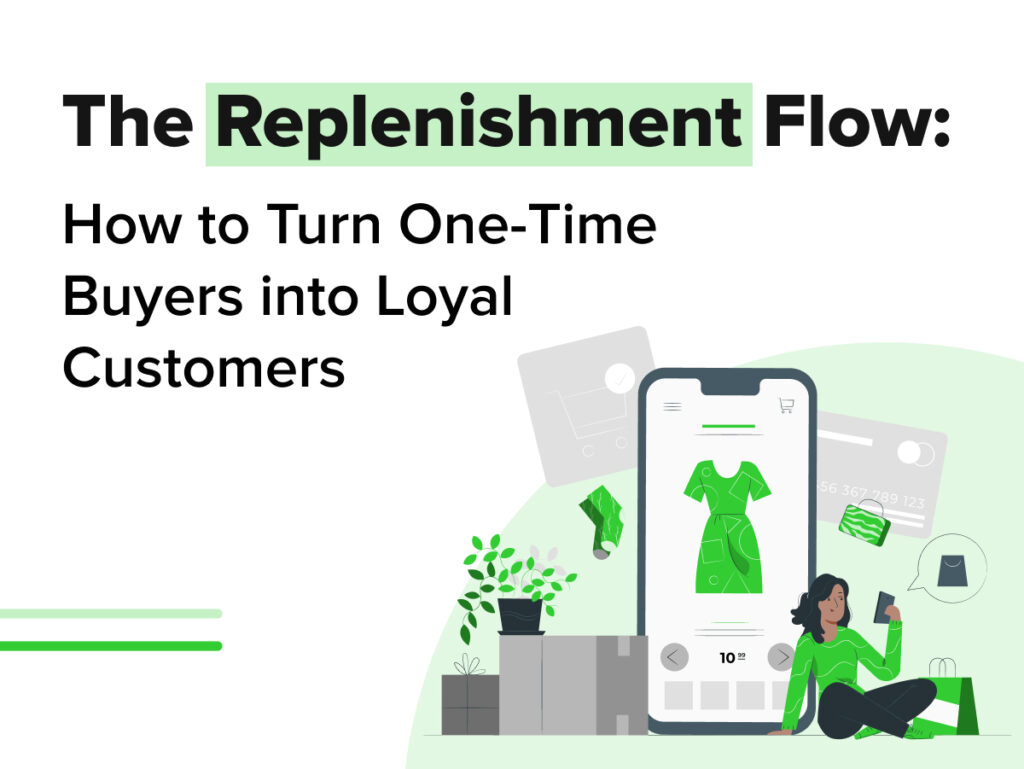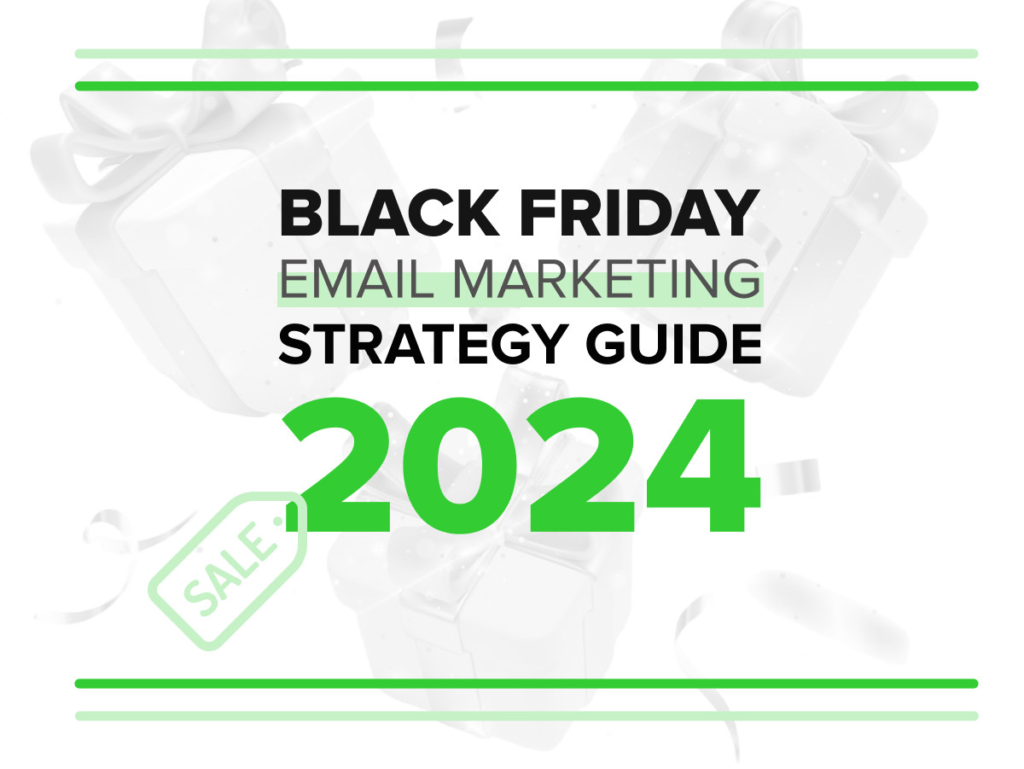Is 5 a lot? The right answer depends on the context.
Assuming 5 is the number of candy in your pocket, it’s not much.
If it’s the percentage of your email bounce rate, however…
You should be concerned.
A high email bounce rate is a problem that can ruin your email marketing efforts completely.
No matter how good your email design and copy are and how clever your subject line is, if an email can’t reach your subscriber’s inbox, all of this doesn’t matter.
So, let’s not waste any time and get right into the fundamentals of email bounce rate and how to reduce it.
What is Email Bounce Rate?
Email bounces happen when your emails don’t get delivered to your recipient’s inbox for particular reasons – a.k.a. they “bounce” back to you.
Every bounced email affects your bounce rate, forming a percentage-based metric.
Email bounces come in two types: Soft Bounce and Hard Bounce, both having a negative impact on your deliverability. Let’s explore their distinctions:

You must remove hard bounces from your lists as soon as you find them. If you don’t do so and continue sending emails to those contacts, you risk:
- Damaging the reputation of your IP address
- Having your IP address flagged as spam
- Reducing your long-term deliverability
- Getting blacklisted
Contacts experiencing soft bounces don’t have to be removed from your lists right away. Your email service provider will make several attempts to resend an email campaign before considering it unsuccessful.
Generally, soft bounces result in a successful delivery after a few attempts, but if issues continue, you should suppress or remove those addresses from your list as well.
What is a GOOD Bounce rate?
“It depends” – a bit uncommon response in marketing, right?
While benchmarks vary slightly based on industry, company size, and target audience, a bounce rate of 2% or less is considered good across industries.
Having some bounces is normal. People change their jobs, get married, and forget their emails all the time.
You should always aim for a bounce rate below 2%.
1% to 2% is somewhat bearable (but not recommended). Anything above 3% is a big ol’ red flag and an immediate cause to take action.
The higher your bounce rate, the more harmful it is to your overall email marketing efforts.
How do you calculate Email Bounce Rate?
Use this formula:
( Number of Email Bounces / Number of Emails Sent ) X 100 = % Bounce Rate
For example, if you send out 1000 emails and 20 of them bounce back, the calculation would look like:
( 20 / 1000 ) X 100 = 2% Bounce Rate
8 Proven ways to reduce Email Bounce Rate
1. Personalize your emails
Personalization goes beyond just using the recipient’s first name.
It’s about creating emails that resonate with them based on where they are in their journey with your brand and addressing their needs and pain points.
Segment your list and use data like purchase history and browsing habits to understand their interests and what motivates them to engage.
Personalization also means:
- Crafting relevant and non-misleading subject lines
- Using a conversational tone in your copy
- Using dynamic content
2. Keep your email list healthy
Subscribers that never open your emails are no good to you, and you are no good to them.
It’s important to clean your list monthly to ensure it’s filled with people who actually want to hear from you. Spend your efforts on them and scrub off the rest.
By all means, launch re-engagement campaigns, too, and some of these accounts may come back. But it’s good to know when to give up on a subscriber and let them go.
3. Use double opt-in or get explicit consent
While it is a way to reduce your email bounces, you might consider exploring other strategies first, as double opt-in can have some downsides (but we can dive into that another time).
If you decide to skip this step, at the very least, make sure to get explicit consent through your opt-in forms. This not only helps reduce email bounce but is also a legal requirement in some countries.
Explicit consent means individuals will actively check a box or enter their email with the understanding that they’ll be receiving marketing emails. The box is not pre-checked, and they know they are not signing up for a newsletter only to receive marketing emails.

4. Be consistent
Sending emails regularly helps you understand what’s working and who is engaging.
It keeps your email account healthy.
But how frequently you should send emails depends on your data and the tests you run. The catch is that without consistency, you won’t have enough data to analyze.
This doesn’t mean you should be sending 10 emails per week, as it will annoy your subscribers and trigger spam filters.
Neither should you be going dark and sending emails only when you “have to”, with the idea not to be intrusive. Infrequency contributes to higher bounce rates, too.
There’s no one-size-fits-all rule for frequency, but generally, consistently sending 1-3 campaigns per week is a good bet.
5. Optimize your emails
Don’t send image-only emails, avoid weird fonts, and always optimize for mobile.
Always go through your emails and check:
- Тhe length of your subject line (max. 50 characters)
- Links, alt text, and dynamic tags
- Image sizes (max. 400KB)
- Your email structure
- Overall email size
- Typos, etc
6. Use your own domain and verify it
You probably know using free domains like Gmail, Yahoo, or Hotmail makes you seem unprofessional, but there are technical reasons for getting your private domain and authenticating it.
When you authenticate (verify) your private domain, you’re letting the receiving email server know that you’re a legitimate sender authorized to send emails from that domain.
This lowers the likelihood of your emails being flagged as spam.
There are three essential email authentication protocols you should set up in order to have any email marketing activity at all:
- SPF (Sender Policy Framework) checks if the sender’s email server is allowed to send emails for a particular domain;
- DKIM (DomainKeys Identified Mail) adds a signature to emails to confirm they haven’t been altered during transmission;
- DMARC (Domain-based Message Authentication, Reporting, and Conformance) lets domain owners set rules for email authentication and receive reports to prevent spoofing and phishing.
7. Don’t trigger the spam filter
This point refers to optimizing your emails, being personal, and authenticating your domain, but still deserves its own spotlight.
Before hitting “send”, consider this: Would you be inclined to open your email and engage with it if you were the recipient? If not, it’s time for some tweaks:
- Make sure there are two unsubscribe options available: one in the footer and another in the body for easy one-click unsubscribing
- Remove all the spam-like phrases such as “100% free,” “act now,”, “$$$”, or “click here” in both the subject line and the body
- Avoid writing in all CAPS, including in alt texts
- Include your company’s address in the footer
8. Check your analytics regularly
Keep track of all your metrics like open rates, click-through rates (CTRs), unsubscribe rates, sender score, deliverability, etc. Regularly test and adjust your strategy based on the data gathered.
Let’s Wrap it Up
Lowering your email bounce rate is about meeting the technical requirements of internet service providers and email service providers while understanding your audience.
By applying these tips, you can be confident your bounce rate won’t be a major issue.
Still, it’s important to keep an eye on it.
This way, you can enjoy better conversions, ROI, and overall success with your email marketing.
***
Do you need help reducing your email bounce rate to a minimum? Our team can help you out.
Schedule your 30-minute call here or get in touch through email at office@progs.agency
Did you find this article useful? Help your network by sharing it.






